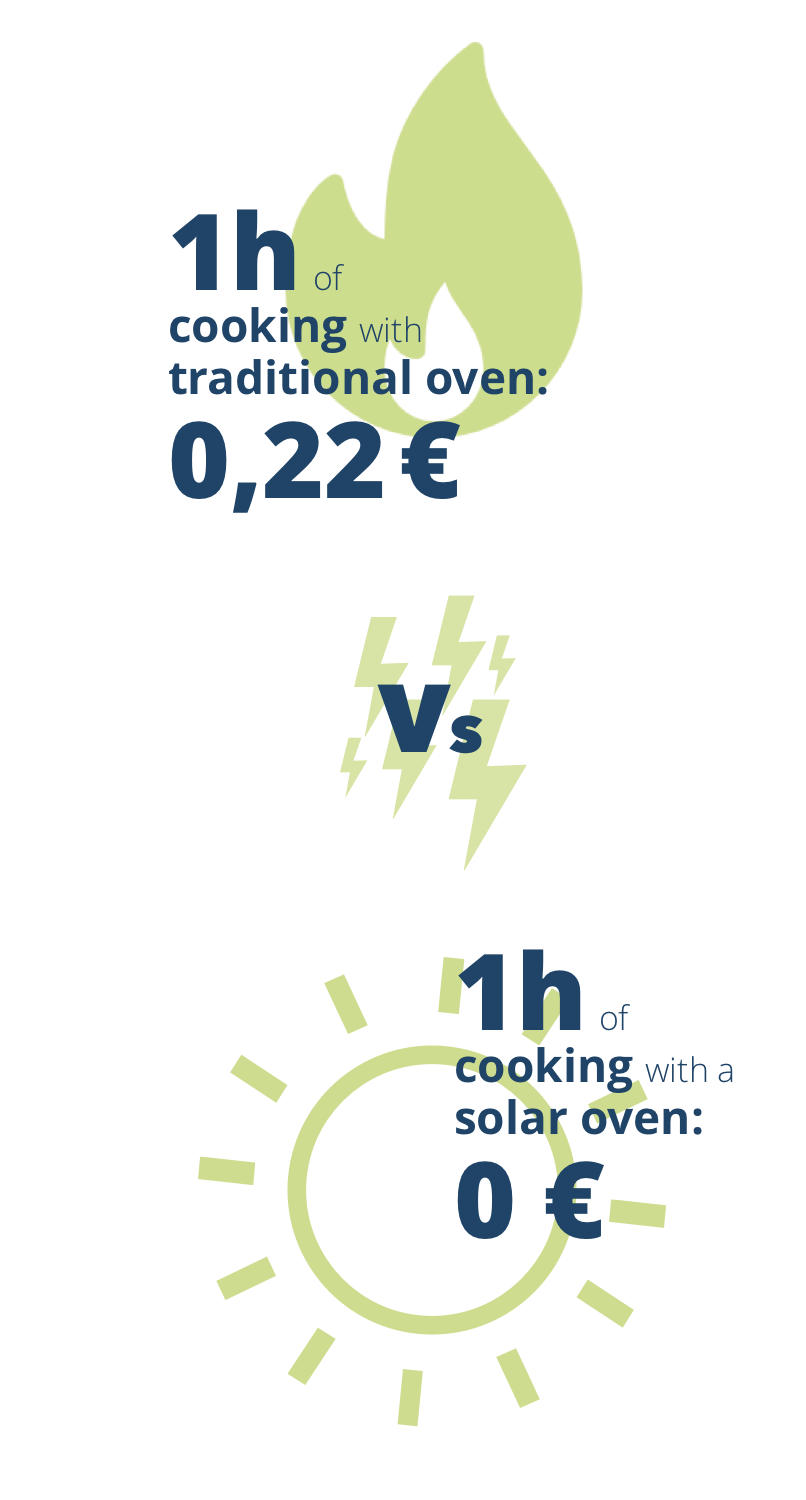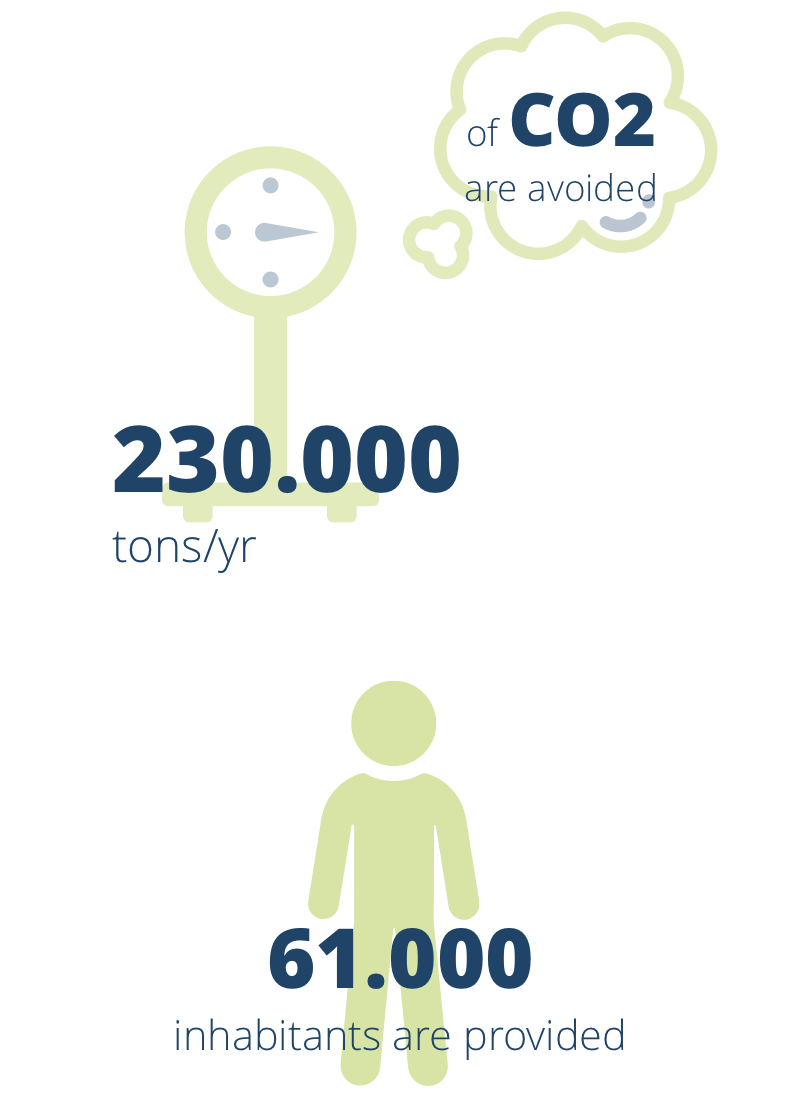You’re smart if you...
use passive or stack cooking to prepare your daily meals.

How it works?
Try turning off your oven or stovetop burner before your food is ready and take advantage of the residual thermal energy in the air and water to finish cooking your food.
This method can also be used for steaming or defrosting food. This practice makes use of energy more efficiently and reduces waste.
How it works?
Try turning off your oven or stovetop burner before your food is ready and take advantage of the residual thermal energy in the air and water to finish cooking your food. This method can also be used for steaming or defrosting food. This practice makes use of energy more efficiently and reduces waste.
Social Oven Partners 2012, Dominican Republic



A solar oven takes advantage of solar energy for cooking purposes. Reflective panels concentrate solar rays towards a pot or barbecue producing temperatures comparable to an electric oven. In 2012 a non-profit organization called Solar Oven Partners started to distribute solar ovens in the Dominican Republic. At the same time they also began workshops on how to build and effectively use this type of oven. Between August 2015 and July 2016 they supplied between 200 and 250 ovens in the country.
source: http://socialoven.blogspot.com/

Your city is smart if...
promotes energy production from organic agricultural waste.
How it works?
A special power plant converts organic waste such as manure, agricultural by-products, or food waste into biogas. This product consists mostly of methane and carbon dioxide gas and is one of the most prevalent sources of renewable energy.
The temperature is controlled inside the fermenter, where the substrate is decomposed by the microorganisms in an absence of light and oxygen.
The final products of this fermentation process are biogas and digestate (liquid fertiliser). The biogas is then used to generate electricity and heat.
Biogas plant, Vaasa



In 2013 a biogas plant was built in Vaasa, on the west coast of Finland. The 140MW plant produces biogas from wood, comprising mainly of forest residue, to generate electricity and provide district heating to the local community.
Alimentata soprattutto con gli scarti di legname della grande industria delle foreste del Paese, la centrale dovrebbe ridurre del 40% il ricorso al carbone di Helsinki e di 230.000 tonnellate l’anno le emissioni di anidride carbonica, garantendo al contempo riscaldamento ed elettricità a circa 61.000 residenti di Vaasa.
source: Biogas Plant - Vaasa


